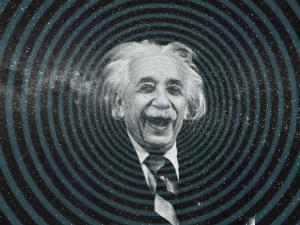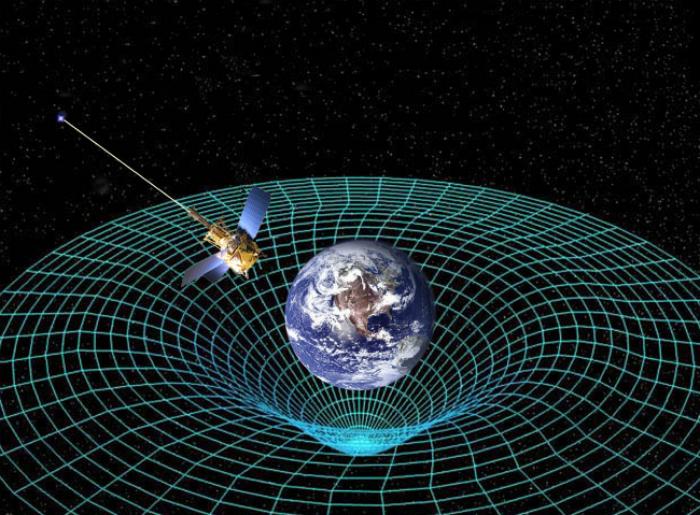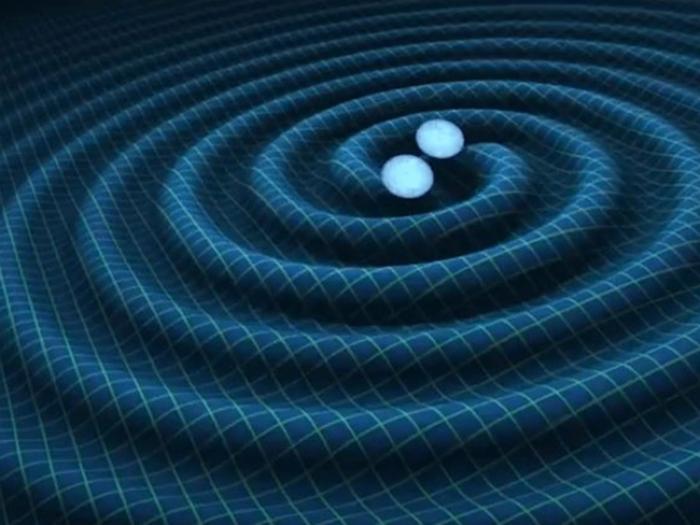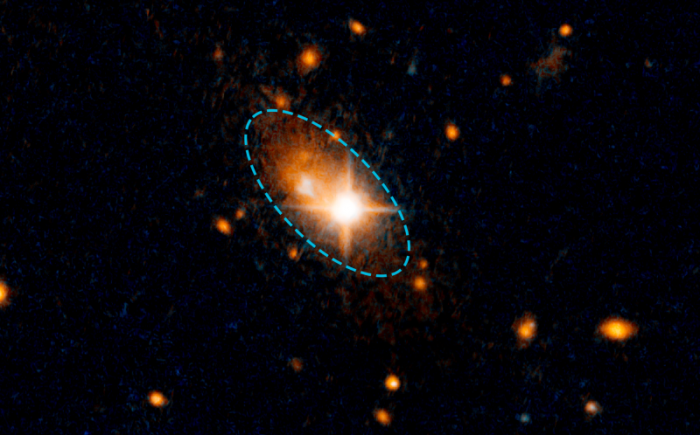
Epic! Astronomers catch a radical black hole surfing a gravitational wave, and it's pure awesome!
FREE Catholic Classes
Here's something far out for you! Astronomers have detected an extreme black hole surfing at five million miles per hour, which is pretty radical.

Einstein predicted gravitational waves would exist in space, and now we're seeing evidence of them everywhere.
Highlights
Catholic Online (https://www.catholic.org)
3/27/2017 (8 years ago)
Published in Technology
Keywords: black hole, 3C 186, gravitational waves
LOS ANGELES, CA (California Network) -- You might think surfing is just for earthlings, and you'd be wrong. Astronomers have detected a massive black hole some 8 billion light years away, speeding through space on a gravity wave.
A black hole is a region of space where the influence of gravity becomes extreme. The gravity is so extreme that not even light can escape the region. These anomalies are impossible to see and have never been directly observed. The only way we can detect a black hole is by how they affect space around them.
Black holes change the orbits of nearby stars, and if dust and gas are nearby, they will draw it in, causing it to spiral faster and faster towards the gravitational center, which causes extreme heating and gives off intense radiation. We can detect that radiation.
Black holes themselves are formed when supermassive stars collapse inward into themselves under their weight. All the matter that made the star is condensed into the tiniest possible space. The gravity becomes so intense, nothing escapes, not even light itself.
Sometimes these black holes are supermassive, containing billions of times more mass than our Sun. Such black holes are commonly found in the center of galaxies. Astronomers still aren't sure why or what role these objects play in the life cycle of a galaxy, but they are present in nearly all cases.
Such objects are so powerful, they warp space and time around them. Albert Einstein figured out that space and time exist in a unified matrix which pervades the universe. This matrix, much like a sheet on a bed, can be warped by gravity, the same way a bowling ball will indent a bedsheet. If that ball rotates, it will drag some of the fabric with it, causing it to ripple. These ripples in space are called gravitational waves.

Massive objects, such a planets, warp space and time.
Einstein also predicted the formation of gravitational waves, but we have only recently confirmed their existence. Occasionally, black holes collide, these collisions create powerful gravitational waves. These waves appear to be what the black hole is riding as it speeds away from galaxy 3C 186 as five million miles per hour.

Gravitational waves are thought to be caused by interactions between black holes. These waves can propel other objects through space.
Astronomers detected the black hole with the Hubble Space Telescope. While reviewing imagery from the scope, astronomers noted a smudge that looked like a quasar from the heart of a galaxy. Except this quasar was 35,000 light years away from the heart of its galaxy. A quasar is a supermassive black hole along with its disk of gas and dust which spins around it so fast it radiates energy into space. These are among the most energetic objects in space, and they help us discern which galaxies have black holes in their centers.

The smudge is a quasar, ejected from its normal spot in the heart of the galaxy. A quasar is believed to be made of a supermassive black hole and the dust and gas around it, accelerated to relativistic speeds and giving off enormous energy.
Further research suggests galaxy 3C 186 recently collided with another galaxy. That galaxy probably would have had a supermassive black hole of its own. That black hole probably merged with another black hole in 3C 186, which would have formed gravitational waves.
Our surfing black hole is enjoying an impressive ride. It could cover the distance between the Earth and our Sun in just 3 minutes. It is moving so fast it will eventually leave its host galaxy and roam the empty space between the galaxies all alone.
The detection of the black hole helps astronomers to understand how gravity waves work and how powerful they can be. This helps us to know more about our own galaxy and the role gravity waves must have in the formation of the Milky Way. By looking outward, so far away, we have learned something new about our universe, and the corner of space in which we reside.
As for our black hole, all we can say is, hang loose, dude!
Subscribe Now - Catholic Online YouTube
---
'Help Give every Student and Teacher FREE resources for a world-class Moral Catholic Education'
Copyright 2021 - Distributed by Catholic Online
Join the Movement
When you sign up below, you don't just join an email list - you're joining an entire movement for Free world class Catholic education.
An Urgent Message from Sister Sara – Please Watch
- Advent / Christmas
- 7 Morning Prayers
- Mysteries of the Rosary
- Litany of the Bl. Virgin Mary
- Popular Saints
- Popular Prayers
- Female Saints
- Saint Feast Days by Month
- Stations of the Cross
- St. Francis of Assisi
- St. Michael the Archangel
- The Apostles' Creed
- Unfailing Prayer to St. Anthony
- Pray the Rosary
![]()
Copyright 2025 Catholic Online. All materials contained on this site, whether written, audible or visual are the exclusive property of Catholic Online and are protected under U.S. and International copyright laws, © Copyright 2025 Catholic Online. Any unauthorized use, without prior written consent of Catholic Online is strictly forbidden and prohibited.
Catholic Online is a Project of Your Catholic Voice Foundation, a Not-for-Profit Corporation. Your Catholic Voice Foundation has been granted a recognition of tax exemption under Section 501(c)(3) of the Internal Revenue Code. Federal Tax Identification Number: 81-0596847. Your gift is tax-deductible as allowed by law.








